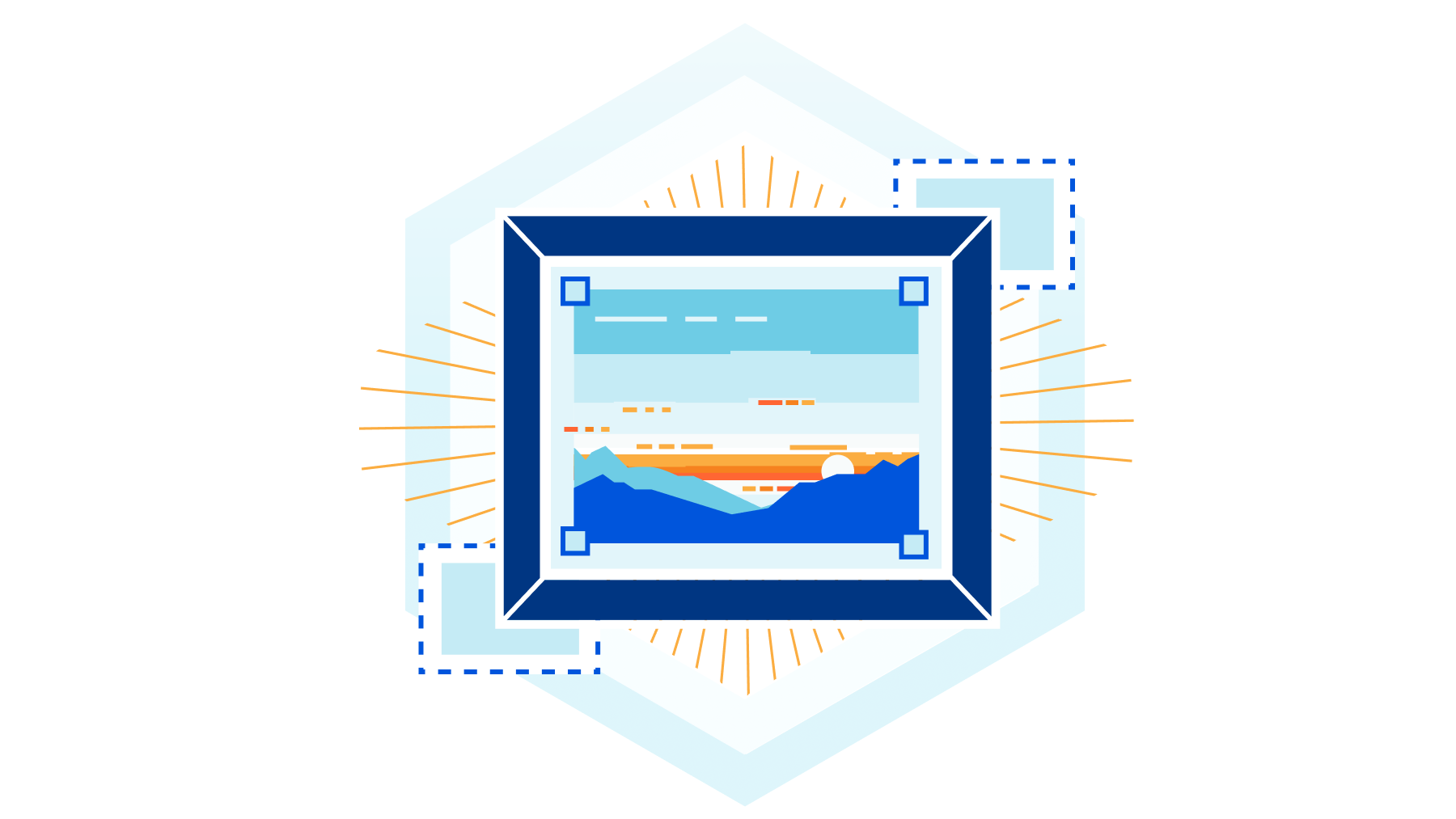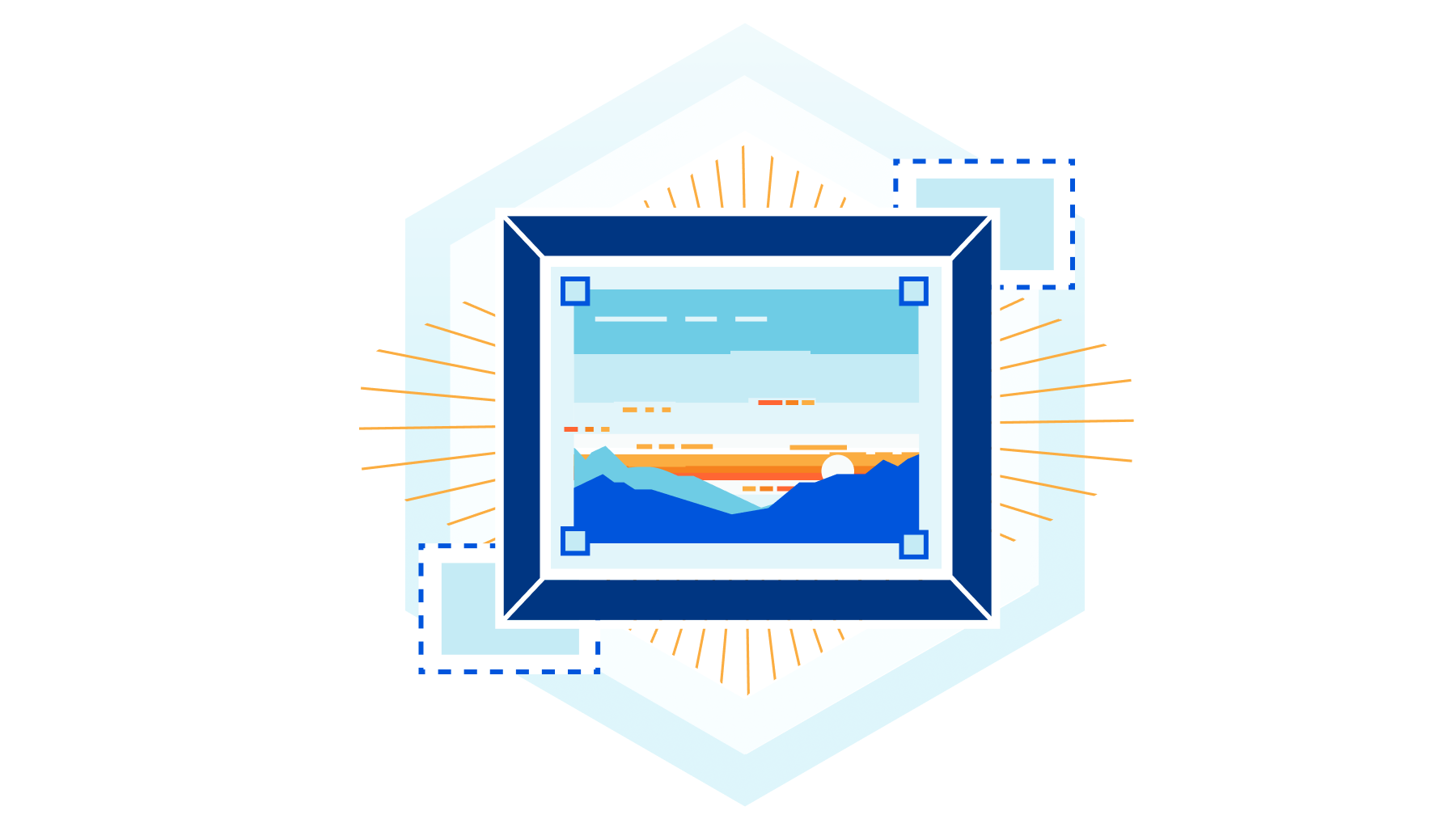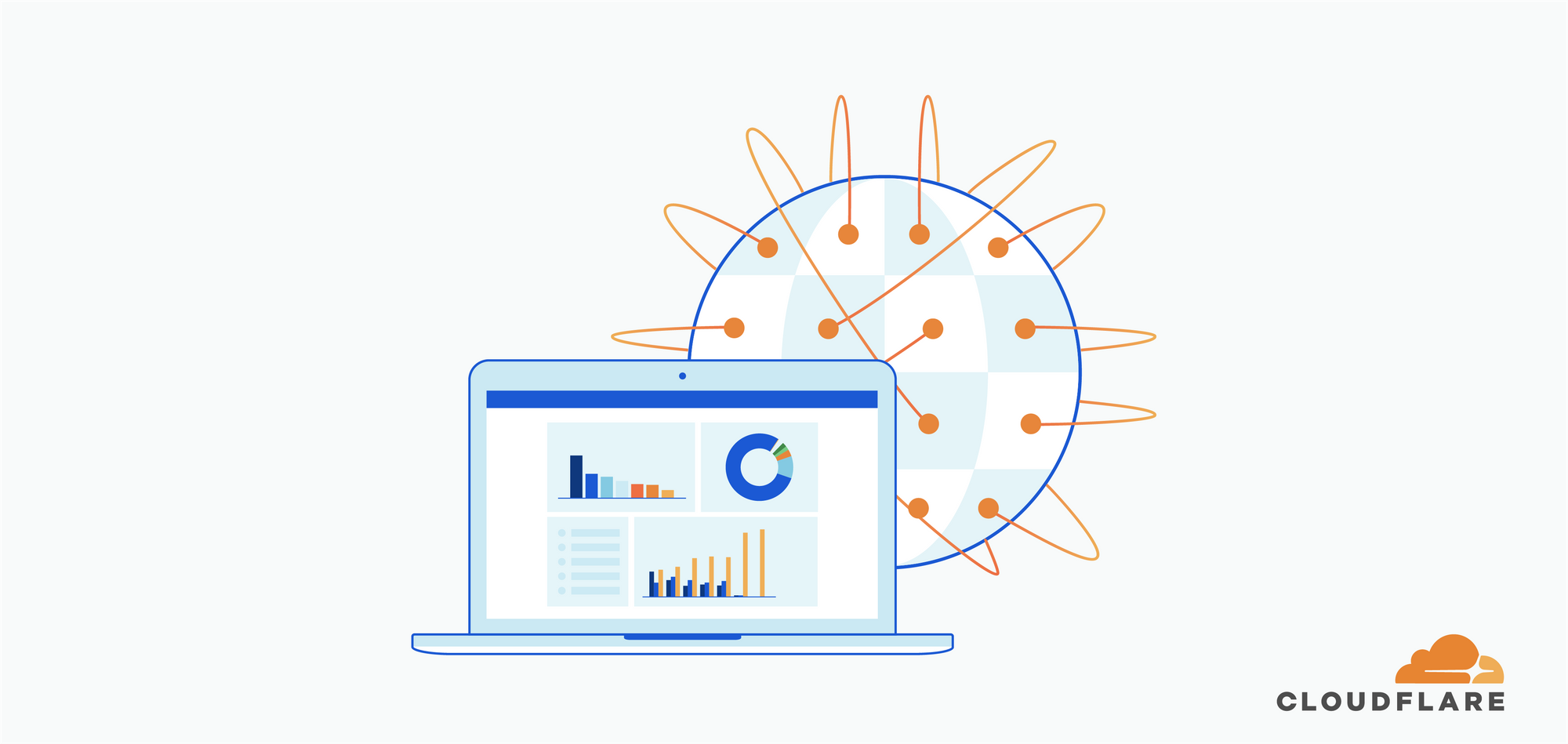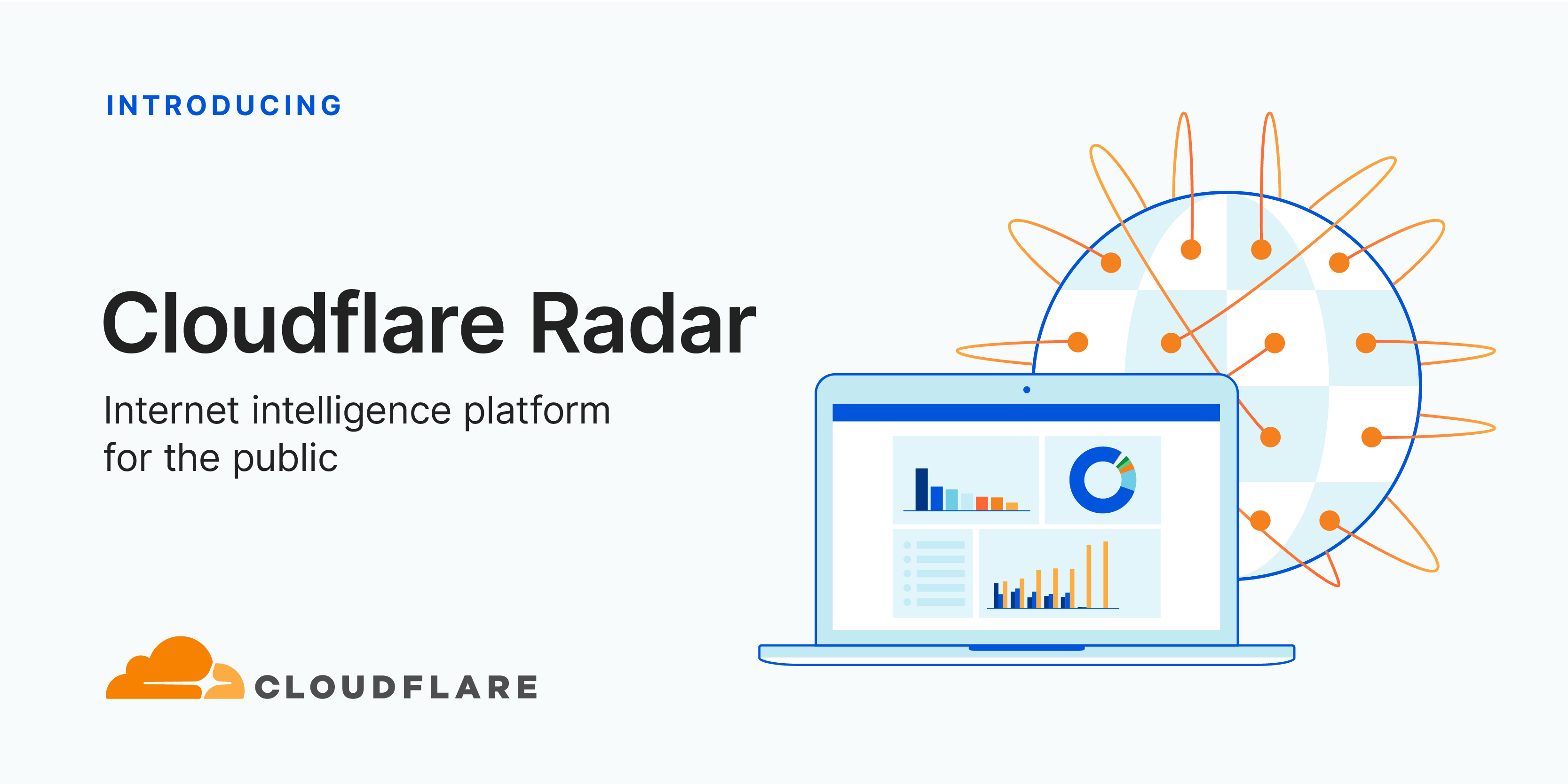Author Archives: Marc Lamik
Author Archives: Marc Lamik


Two months ago we launched Cloudflare Images for everyone, and we are amazed about the adoption and the feedback we received.
Let’s start with some numbers:
More than 70 million images delivered per day on average in the week of November 5 to 12.
More than 1.5 million images have been uploaded so far, growing faster every day.
But we are just getting started and are happy to announce the release of the most requested features, first we talk about the AVIF support for Images, converting as many images as possible with AVIF results in highly compressed, fast delivered images without compromising on the quality.
Secondly we introduce blur. By blurring an image, in combination with the already supported protection of private images via signed URL, we make Cloudflare Images a great solution for previews for paid content.
For many of our customers it is important to be able to serve Images from their own domain and not only via imagedelivery.net. Here we show an easy solution for this using a custom Worker or a special URL.
Last but not least we announce the launch of new attractively priced bundles for both Cloudflare Images and Stream.


Last December we opened up our brand new privacy-first Web Analytics platform to everyone. Today, we’re excited to announce the release of three of the most requested features: adding multiple websites to an account, supporting Single-page Applications (SPA) as well as showing Core Web Vitals in Web Analytics.
Since we launched two months ago, we’ve received a lot of feedback from our users. We are really happy that we are able to provide our privacy-first analytics to so many of you.
Popular analytics vendors have business models driven by ad revenue. Using them implies a bargain: they track visitor behavior and create buyer profiles to retarget your visitors with ads; in exchange, you get free analytics.
Our mission is to help build a better Internet, and part of that is to deliver essential web analytics to everyone with a website without compromising user privacy. We’ve never been interested in tracking users or selling advertising. We don’t want to know what you do on the Internet — it’s not our business.
When we launched Web Analytics, each account was only able to measure one website. We are happy to announce Continue reading


Unlike the tides, Internet use ebbs and flows with the motion of the sun not the moon. Across the world usage quietens during the night and picks up as morning comes. Internet use also follows patterns that humans create, dipping down when people stopped to applaud healthcare workers fighting COVID-19, or pausing to watch their country’s president address them, or slowing for religious reasons.
And while humans leave a mark on the Internet, so do automated systems. These systems might be doing useful work (like building search engine databases) or harm (like scraping content, or attacking an Internet property).
All the while Internet use (and attacks) is growing. Zoom into any day and you’ll see the familiar daily wave of Internet use reflecting day and night, zoom out and you’ll likely spot weekends when Internet use often slows down a little, zoom out further and you might spot the occasional change in use caused by a holiday, zoom out further and you’ll see that Internet use grows inexorably.
And attacks don’t only grow, they change. New techniques are invented while old ones remain evergreen. DDoS activity continues day and night roaming from one victim to another. Automated scanning tools look Continue reading